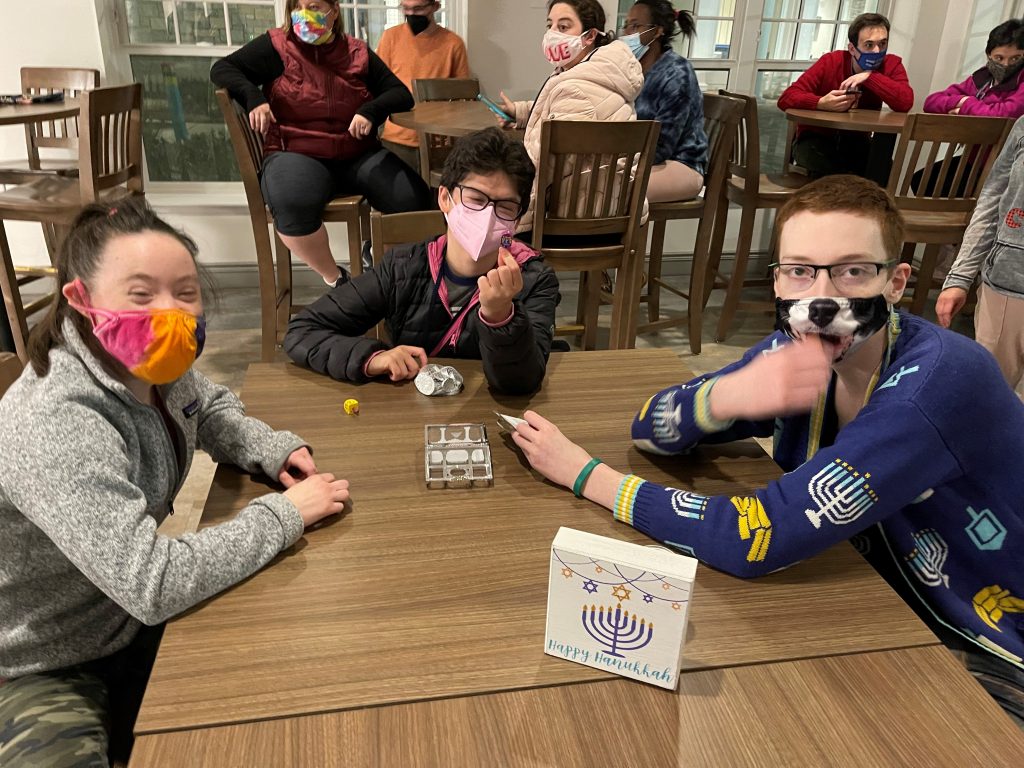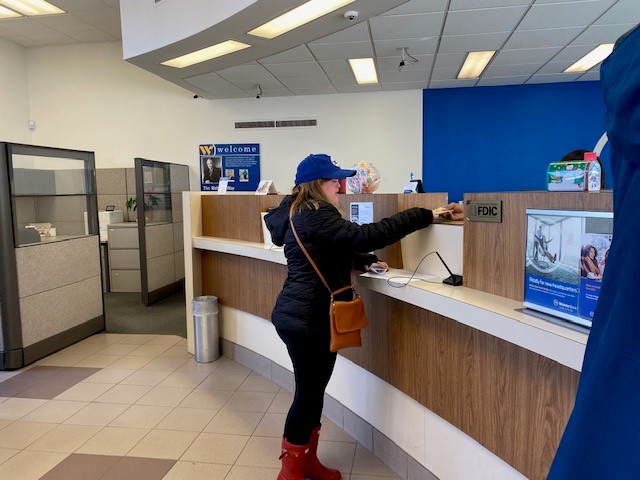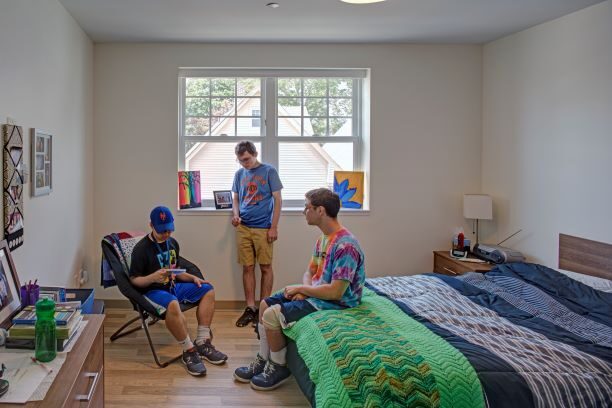
The day my son was diagnosed with autism was the day all my parenting assumptions died. From that day forward, I never took any milestone for granted. One thing about being the parent of individual with particular needs is that you don’t – you can’t – take a lot for granted. You watch your friends’ children sit up, crawl, walk, and talk before yours. Later on, you watch other children do other things – meet other milestones – that are delayed for your child, and sometimes not attainable at all. Things like being able to get away for a weekend with your spouse are often not possible, or at the very least extremely difficult, if you have a child with autism, cerebral palsy, Down Syndrome, etc. And whatever milestones are achieved, they are often achieved with herculean effort on the part of the child and the parent. Whether it’s learning to read with dyslexia or learning to drive with autism, these accomplishments or milestones – so often taken for granted by the vast majority of parents of typical kids – are achieved through tremendous effort and determination by all parties involved.
Living an independent life is one such milestone. Parents of typical children don’t spend too much time thinking about it – particularly when the child is in elementary school. However, most parents who fight for every milestone achieved start thinking about independent living when their child is still young – often when the acronym “ADL” (Activities of Daily Living) first appears in an evaluation, or on an IEP, or in a conversation with a professional. Chapel Haven’s community exists for families that may not know if ‘independent living’ is a milestone their adult child will achieve, particularly on their own.


Chapel Haven Schleifer Center is located in New Haven, Connecticut and focuses principally on adults with developmental disorders during the pre-adult period from 18 years onward. Chapel Haven incorporates a variety of different programs all the way through full residential program; the ‘menu’ allows parents and families to customize the appropriate level of support necessary for their family member to succeed. This also allows families to dial up, or down, the level of support at any given time. The REACH and ASAT programs are housed in New Haven in a brand-new, state of the art, four story community designed to provide 24-7 care and oversight while offering students the opportunity to be full participants in a supportive community. Finally, SAIL, or Schleifer Adult Independent Living – opened in spring 2020 – and is the newest part of Chapel Haven’s campus expansion.
Chapel Haven’s REACH (Residential Education At Chapel Haven) is its core flagship educational program, designed for young adults with diagnoses including intellectual and developmental disabilities, autism, Down Syndrome, and cerebral palsy. In the REACH program, young adults live together in a two-year residential transition program designed to build foundations for independent living. In the ASAT (Asperger Syndrome Adult Transition) Program, young adults with Asperger Syndrome, mild autism, social communication disorders, nonverbal learning disorder, and other learning challenges learn skills necessary to live independent and productive lives. SAIL (Schleifer Adult Independent Living) is an intergenerational, tuition-based facility housing adults of all ages with varying levels of support to foster and grow independent living skills while creating a sense of community between residents. SAIL is comprised of 1-2 bedroom apartments located around communal living spaces and includes housing and staff assistance, transportation, case management, coordination of medical appointments, and more, with additional serves available on an add-on basis.


I recently had the opportunity to visit Chapel Haven and have a tour of the campus. What struck me first of all – although I have been to the campus several times – is that the Chapel Haven campus is on one hand a self-contained community and on another hand well integrated into the surrounding neighborhood. This is reflected in the trajectory of many of the CH students, who spend two or three years in the heart of the Chapel Haven community, learning valuable and necessary independent living skills, and then graduate to more independent living in the New Haven community. They are steps away from Chapel Haven and remain connected while maintaining independent residences, commuting daily to jobs, and keeping CH social connections alive both through the CH community and outside of it. Chapel Haven is currently in the midst of a capital campaign to provide a new senior living center and additional renovations to the campus as a whole; all of these changes will enhance the longevity potential for residents in the CH community.
The other thing that struck me on my most recent visit to Chapel Haven was the community members themselves. Warm and welcoming, everywhere I went I met a CH community member who was eager to show me around, give a tour of a classroom or even their own apartment, or just share their experience in general. I was treated to a lovely tour of a young woman’s apartment conducted by the resident herself; the apartment itself was large, well maintained, and well organized according to its residents’ specific needs. The apartment itself was spacious and clean and gave off freshman year dorm room vibes, but its size and cleanliness vastly exceeded most New York City apartments that I’ve been familiar with over the years.
While not appropriate for everyone, for many young adults with developmental disabilities Chapel Haven provides the structure, support, and resources to enable these young people to begin to live independent lives. This milestone, like so many others, cannot be taken for granted.
For more information about Chapel Haven, please visit their website or contact Christy Chandler, Director of Admissions, at (203) 397-1714 ext 185 or admission@chapelhaven.org
This piece is the sixth in our series “Special Education Schools: Getting Past the Sticker Shock.” This series, which will continue for the balance of the 2021-2022 year, is intended to highlight the differences between independent special education programs and give parents a sense of what makes each program unique, and what lies behind statistics like student-teacher ratio and “behind the sticker.” The schools highlighted in this series represent a wide range of special education independent schools in Connecticut and New York; each school serves specific and particular profiles of learners and may not be appropriate for all students with special education needs.
Wealthspire Advisors is an independent registered investment adviser and subsidiary of NFP Corp, currently overseeing approximately $29.3 billion in Assets Under Management* and firmly committed to serving clients in a fiduciary capacity. Though our size means we have a variety of clients, we work most extensively with high net worth and ultra-high net worth individuals and families. We lead with planning that is tailored to meet the goals and needs of our clients, we invest with a long-term approach that focuses on a disciplined strategy and avoids emotional decision-making, and we aim to simplify lives by coordinating seamlessly with outside advisors and building our client teams around a collaborative structure.
* Reflects combined data as of 12/31/2024 for Wealthspire Advisors LLC and its subsidiaries.